Related Research Articles

Dru Drury was a British collector of natural history specimens and an entomologist. He had specimens collected from across the world through a network of ship's officers and collectors including Henry Smeathman. His collections were utilized by many entomologists of his time to describe and name new species and is best known for his book Illustrations of natural history which includes the names and descriptions of many insects, published in parts from 1770 to 1782 with copperplate engravings by Moses Harris.

Francis Walker was an English entomologist. He was born in Southgate, London, on 31 July 1809 and died at Wanstead, England on 5 October 1874. He was one of the most prolific authors in entomology, and stirred controversy during his later life as his publications resulted in a huge number of junior synonyms.However his assiduous work on the collections of the British Museum had great significance.
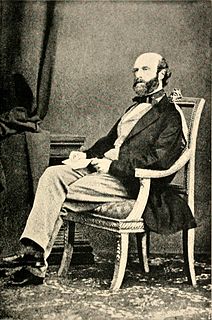
Alexander Henry Haliday was an Irish entomologist. He is primarily known for his work on Hymenoptera, Diptera, and Thysanoptera, but worked on all insect orders and on many aspects of entomology.
William Frederick Johnson (1852–1934) was an Irish naturalist primarily interested in Entomology.

Frederick William Hope was an English clergyman, naturalist, collector, and entomologist, who founded a professorship at the University of Oxford to which he gave his entire collections of insects in 1849. He described numerous species and was a founder of the Entomological Society of London in 1833 along with John Obadiah Westwood.
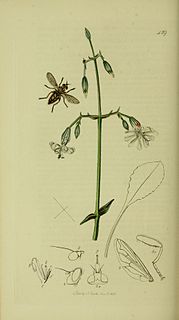
George Thomas Rudd was an English entomologist mainly interested in Coleoptera.
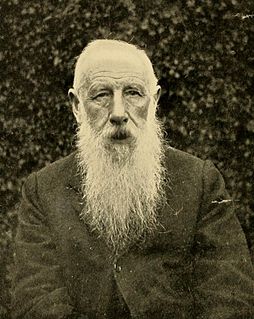
David Sharp was an English physician and entomologist who worked mainly on Coleoptera. He was among the most prolific publishers in the history of entomology with more than 250 papers that included seven major revisions and reviews and a highly influential work on the structure and modifications of the male genital structures among the beetle families. He was the editor of the Zoological Record for three decades.
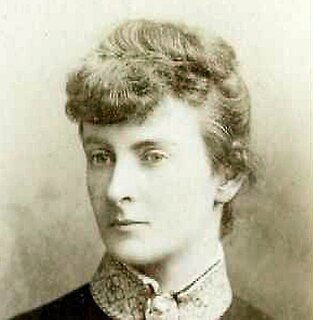
Margaret Elizabeth Fountaine, was a Victorian lepidopterist, natural history illustrator, diarist, and traveller who published in The Entomologist's Record and Journal of Variation. She is also known for her personal diaries, which were edited into two volumes by W.F. Cater for the popular market and published posthumously.

James John Joicey FES was an English amateur entomologist, who assembled an extensive collection of Lepidoptera in his private research museum, called the Hill Museum, in Witley, Surrey. His collection, 40 years in the making, was considered to have been the second largest in the world held privately and to have numbered over 1.5 million specimens. Joicey was a fellow of the Zoological Society of London, the Royal Geographical Society, the Royal Entomological Society, the Royal Horticultural Society, and the Linnean Society of London.
Claude Morley was an English antiquary and entomologist who specialised in Hymenoptera and Diptera. He has been described by Peter Marren as "Suffolk's best-known entomologist".
William Couper was an American entomologist and naturalist who came to prominence during the later half of the 19th century in Canada. The better known period of his life spans from the 1850s to 1886.
Sir George Hamilton Kenrick FRES was an English entomologist who specialised in Lepidoptera especially those of New Guinea. He was a prominent liberal educationist and was a councillor in Birmingham.
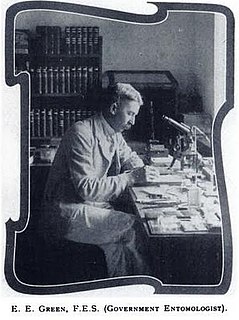
Edward Ernest Green was an Ceylon-born English mycologist and entomologist who specialised in the scale-insects, Coccidae. An accomplished artist, and lithographer, he illustrated the five volume Coccidae of Ceylon.
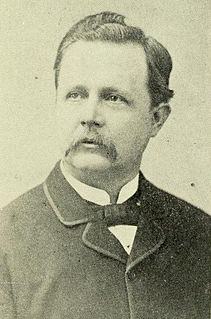
Edward Wesley Janson was an English entomologist who specialised in Coleoptera.
Sir Guy Anstruther Knox Marshall FRS, was an Indian-born British entomologist. He was an expert on African and oriental weevils.
Charles James Watkins was an English entomologist known for his studies on the natural history of Gloucestershire. He was elected a Fellow of the Entomological Society of London in 1900. His extensive collection of insects, noted for its completeness and rare specimens, was acquired by the Bristol Museum & Art Gallery after his death.
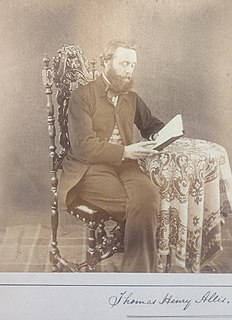
Thomas Henry Allis was a British entomologist specialising in Lepidoptera.

Walter Douglas Hincks was a British entomologist and museum curator. He was a world expert on the Dermaptera.
William Gabriel Blatch was a British entomologist and superintendent.
Richard Weaver was a British entomological collector, taxidermist, and shoemaker, who is best known for the discovery of what has been called Weaver's Fritillary Boloria dia. He founded a Birmingham museum of natural history in 1832 which closed down in 1841.
References
- 1 2 3 4 Denton, M. (1993). Ground Beetles in the Yorkshire Museum. North Yorkshire County Council. pp. 5–8.
- ↑ Blair, K.G. (1943). "Obituary: Willoughby-Ellis, Herbert". Entomologist's Monthly Magazine. 79: 280.
- ↑ Cockayne, E.A. "Obituary: Ellis, Herbert Willoughby". Proceedings of the Royal Entomological Society of London. 8: 69.
- ↑ "Criocephalus polonicus (Molsch.): A Genus and species of Longhorn Ceoleoptera new to Britain". Entomologist's Record and Journal of Variation. 15: 259–260.
- ↑ "Blatch, William Gabriel". UK Coleoptera. Retrieved 7 December 2021.
- ↑ Horace (1905). "Reviews and Notices of Books: The Coleoptera in the Victoria History of the County of Warwick". 17: 165–166.
{{cite journal}}: Cite journal requires|journal=(help) - ↑ Simms, Colin (1968). "A List of Botanical and Zoological Collections at the Yorkshire Museum, York". The Naturalist. 904: 85–89.